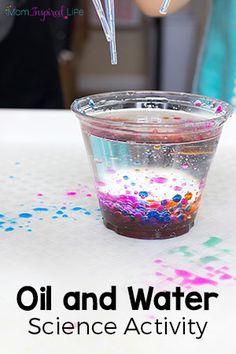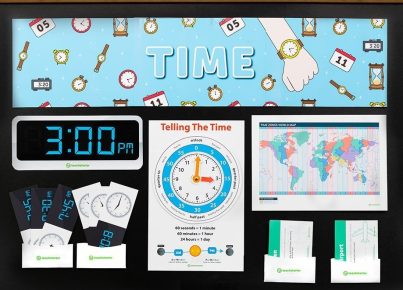Science is not only a fascinating subject but also an excellent way for elementary students to learn about the world around them through observation and experimentation. Here are some simple but fun science experiments that you can try in your classroom to engage young minds.
1.Dancing Raisins Experiment:
Objective: Understand buoyancy and gas production.
Procedure: Fill a clear glass with carbonated water and drop a few raisins into it. Watch as the raisins begin to move up and down, “dancing” in the water.
Explanation: Carbonated water releases carbon dioxide bubbles that stick to the rough surface of the raisins. As enough gas accumulates, the raisin becomes buoyant and rises until the gases escape at the surface, causing it to sink again.
2.Invisible Ink with Lemon Juice:
Objective: Learn about acidic reactions.
Procedure: Squeeze lemon juice onto a piece of paper to write a secret message. Allow it to dry, then hold the paper near a heat source like a light bulb or hair dryer, revealing the message.
Explanation: Lemon juice weakens paper fibers where applied. Heated up, these areas oxidize and turn brown faster than the rest of the paper, making your message visible.
3.Homemade Lava Lamp:
Objective: Observe liquid density and immiscibility.
Procedure: Fill a bottle most of the way with vegetable oil, add water leaving some space at the top, then drop in food coloring and Alka-Seltzer tablets.
Explanation: Oil is less dense than water, so it floats on top. Food coloring mixes with water but not oil, creating a colorful layer below. Alka-Seltzer reacts with water to create gas bubbles that carry colored water up through the oil.
4.Magnet-Powered Car:
Objective: Explore magnetism and force.
Procedure: Place a bar magnet on top of a toy car and use another magnet underneath your classroom desk to move the car without touching it.
Explanation: Magnets exert a non-contact force that can push or pull other magnets even through solid materials like a desk’s surface.
5.Garden in a Glove:
Objective: Discover plant growth conditions.
Procedure: Place damp cotton balls with different types of seeds inside each finger of a clear plastic glove, hang it up on a window, and watch for germination over days or weeks.
Explanation: The seeds need warmth, moisture, and light to germinate, which are provided by placing them in this mini greenhouse environment.
6.Colorful Milk Art:
Objective: Understand surface tension.
Procedure: Pour milk onto a plate; add drops of food coloring; touch the surface with cotton swabs coated in dish soap to see colors swirling around.
Explanation: Soap reduces milk’s surface tension; different tension areas cause milk (and color) to move around creating bursts of color.
7.Shadow Puppet Theatre:
Objective: Study light and shadows.
Procedure: Using construction paper cutouts attached to sticks, create stories while casting their shadows on a wall through backlighting from a lamp or flashlight.
Explanation: Shadows form when an object blocks light’s path. The size and shape of shadows depend on the object’s distance from light.
These experiments are not just educational; they’re fun! They encourage curiosity and develop critical thinking skills while giving hands-on experience with basic scientific principles—all within the delightful exploration inherent in every child’s learning journey.





